Michael Siebers
Generating Contrastive Explanations for Inductive Logic Programming Based on a Near Miss Approach
Jun 15, 2021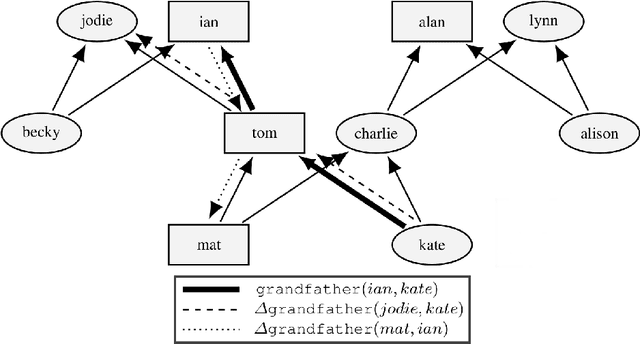
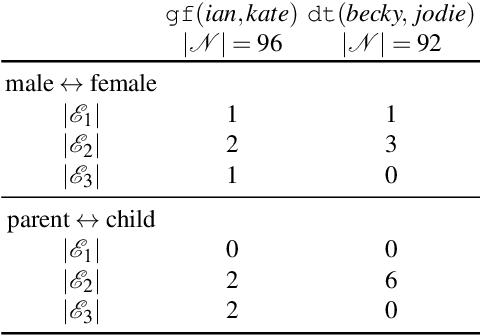
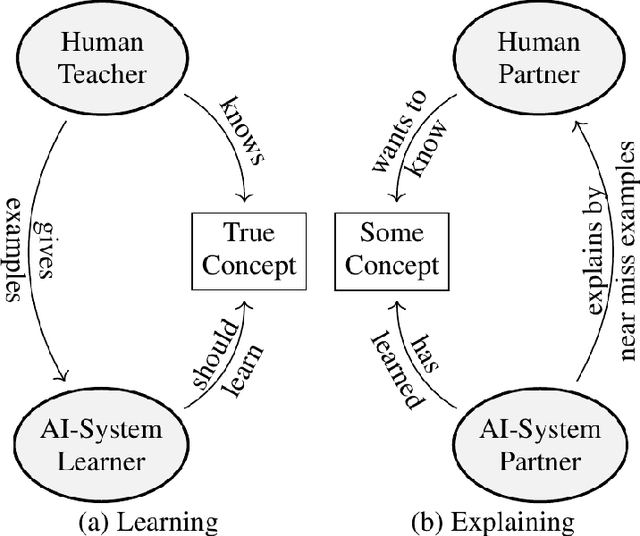
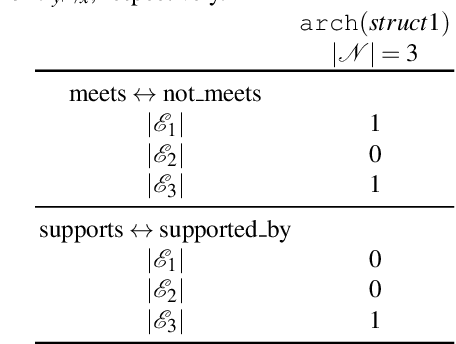
Abstract:In recent research, human-understandable explanations of machine learning models have received a lot of attention. Often explanations are given in form of model simplifications or visualizations. However, as shown in cognitive science as well as in early AI research, concept understanding can also be improved by the alignment of a given instance for a concept with a similar counterexample. Contrasting a given instance with a structurally similar example which does not belong to the concept highlights what characteristics are necessary for concept membership. Such near misses have been proposed by Winston (1970) as efficient guidance for learning in relational domains. We introduce an explanation generation algorithm for relational concepts learned with Inductive Logic Programming (\textsc{GeNME}). The algorithm identifies near miss examples from a given set of instances and ranks these examples by their degree of closeness to a specific positive instance. A modified rule which covers the near miss but not the original instance is given as an explanation. We illustrate \textsc{GeNME} with the well known family domain consisting of kinship relations, the visual relational Winston arches domain and a real-world domain dealing with file management. We also present a psychological experiment comparing human preferences of rule-based, example-based, and near miss explanations in the family and the arches domains.
Enriching Visual with Verbal Explanations for Relational Concepts -- Combining LIME with Aleph
Oct 04, 2019
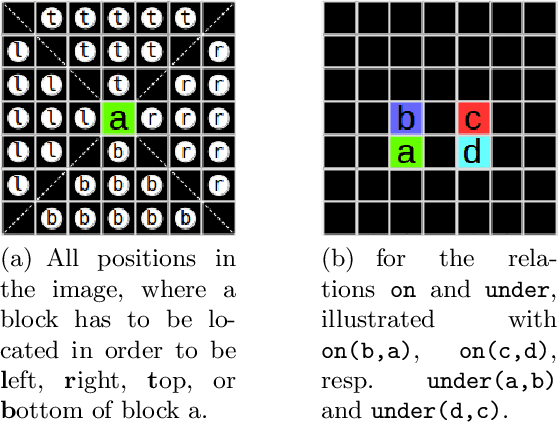


Abstract:With the increasing number of deep learning applications, there is a growing demand for explanations. Visual explanations provide information about which parts of an image are relevant for a classifier's decision. However, highlighting of image parts (e.g., an eye) cannot capture the relevance of a specific feature value for a class (e.g., that the eye is wide open). Furthermore, highlighting cannot convey whether the classification depends on the mere presence of parts or on a specific spatial relation between them. Consequently, we present an approach that is capable of explaining a classifier's decision in terms of logic rules obtained by the Inductive Logic Programming system Aleph. The examples and the background knowledge needed for Aleph are based on the explanation generation method LIME. We demonstrate our approach with images of a blocksworld domain. First, we show that our approach is capable of identifying a single relation as important explanatory construct. Afterwards, we present the more complex relational concept of towers. Finally, we show how the generated relational rules can be explicitly related with the input image, resulting in richer explanations.
 Add to Chrome
Add to Chrome Add to Firefox
Add to Firefox Add to Edge
Add to Edge